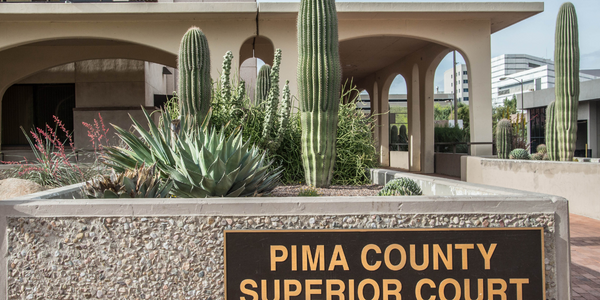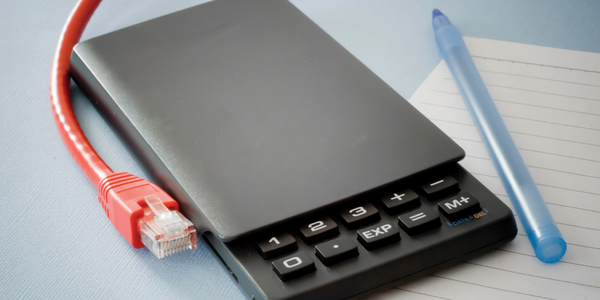Water Treatment Energy Management

- Application Infrastructure & Middleware - Data Visualization
- Platform as a Service (PaaS) - Data Management Platforms
- Sensors - Utility Meters
- Recycling & Waste Management
- Business Operation
- Building Energy Management
Water pumping, treatment and conveyance are among the largest energy and cost outlays for many local and regional municipalities. Electricity time-of-use rates and peak pricing tariffs are driving those costs even higher. This case study describes how Monterey Regional Water Pollution Control Agency (MRWPCA) implemented a process data monitoring and control solution in order to analyze and optimize energy use, reduce deployment costs and save operational expenses.
Engineers determined that MRWPCA has the potential for additional peak power reductions by monitoring and controlling “time of use” (TOU) power requirements at the plant. Savings would come in part from qualifying for alternative PG&E rate structures, leveraging the use of the solar installation and carefully controlling monthly peak power demand. The plant set a goal to maintain peak loads below 500 kW to qualify for a lower electricity tariff that would minimize monthly costs. These energy management goals required the ability to closely monitor and analyze a massive amount of new real-time data from twenty individual pumps and plant processes, with the ability to control discretionary lighting loads. In order to facilitate these goals, MRWPCA chose and installed a new energy and demand monitoring system. The MRWPCA energy monitoring and demand management system was developed through a cooperative effort with MC Engineering, Inc., a California-based engineering consulting firm, and Candi Controls, which provides a cloud-based platform for machine-to-machine (M2M) data monitoring and control. MC Engineering specializes in identifying efficiency gains for water and wastewater utilities by leveraging technology and real-time data to develop projects that are funded from resulting efficiency gains and related savings. Candi Controls specializes in cross-platform, device- and protocol-agnostic communications. The company also has a suite of “PowerTools” user-interface templates which leverage its M2M platform, one of which was used to cost-effectively create a unique MRWPCA mobile and browser app. Water treatment systems analysts began the project by obtaining in-depth knowledge of plant operations, conducting a facility audit and targeting strategic loads for monitoring. Low-cost energy monitors were then installed at strategic locations throughout the plant to meter instantaneous power usage. The data is encrypted and streamed via a local network to a hosted cloud service for archiving and processing. Additional network-based control switches were installed to manage industrial lighting during high-use periods if required to help keep peak load below the threshold goal. By monitoring large loads that have some degree of operator discretionary control, an optimal time-of-use strategy and target usage peak was to be maintained. The data and controls are managed through a software Application Programmer Interface (API) and presented to operators through a secure web-based graphical interface on laptops, computer screens and portable Apple iPad tablets. The app includes a Facility Overview page to provide staff with at-a-glance real time power data.
Related Case Studies.










